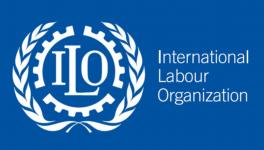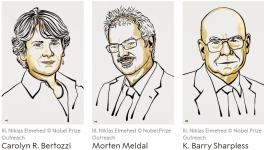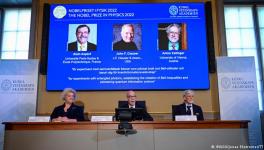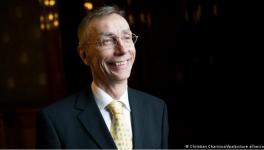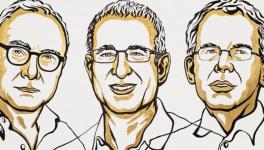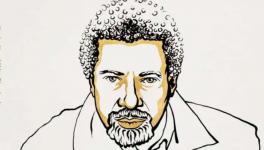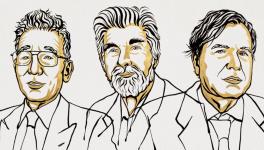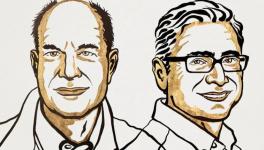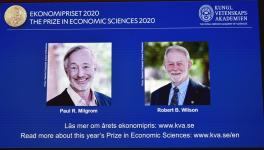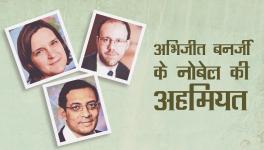How Radical Scientists of the 70s Combined Science and Politics
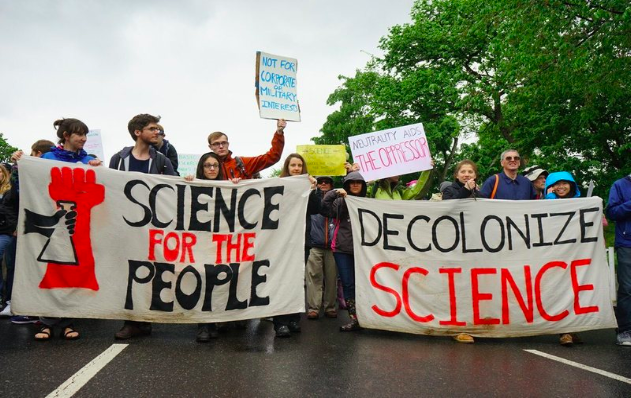
October 4 is the death anniversary of Maurice Wilkins, the scientist who shared the Nobel Prize along with Watson and Crick for their discovery of the double helical structure of the DNA. This scientific achievement contributed to human benefits in a myriad of ways. But science, for Wilkins, was in no way separable from other streams that can influence human beings. Wilkins perceived science as part of the knowledge system that attempts to understand human society and the nature alike. For him, science could not be separate from politics, and it was so for many a scientists of Britain in the 70s.
The world in the 70s witnessed huge anti-war sentiments, civil rights movements, feminist movements and also the early stages of the modern environmental movement. That was the time of the Vietnam War; it was also the time when the Black Panther movement in USA was on a rise. The production of chemical and biological weapons, and their deployments in wars was on the receiving end of the wrath of activists worldwide. Students, especially, were angry that their campuses were used to promote researches for the productions of such weapons that would be of potential hazard to humanity.
The horror of the atom bombs of World War II was still fresh in peoples’ mind and professional scientists were also not spared. The pacifist scientists were organised in to groups like Pugwash. Still active in their campaign for a world free of nuclear and other weapons of mass destruction, Pugwash also won the Peace Nobel in 1995. Pugwash was inspired and based on the famous Russell-Einstein manifesto of 1955.
Formation of the BSSRS
Activities of the likes of Pugwash was felt, by some young scientist-protesters in Britain and elsewhere in Europe, a little narrow in its focus. A group in London started meeting to shape up a more radical scientist-activist movement. In early 1968, they organised meetings and conferences on chemical and biological warfare in London. Invigorated by their success, the meetings continued and spread, and the urge to be organised in a larger and more formal group grew stronger.
Thus, the British Society for Social Responsibility in Science, BSSRS came into reality.
BSSRS held its inaugural meeting in the spring of 1969 at the Royal Society. Maurice Wilkins, who was a member of the Communist Party, a fellow of the Royal Society and a Nobel Laureate delivered the opening speech as the first president of the society. The support came from the great and the good—the statement of support included Francis Crick, Eric Hobsbawm, Lawrence Bragg, Bertrand Russell, Julian Huxley, and Richard Doll to name a few.
A manifesto was released, as revealed by Alice Bell in her article in mosaic science, that seemed to have recognised the dangers of science, but carefully eliminated any anti-science thoughts from 1970. The manifesto said that the public had been misled by propagandising the thought that science is complex and only some elite experts can understand it. The manifesto declared that “no experts are there to decide whether supersonic travel is preferable to the disease-resistant varieties of wheat.”
The BSSRS aptly identified the core problem in science research— the main concern of science and technology ultimately becomes to fulfill the interests of those who fund the research. This is how science and technology become the instruments of state and industrial power.
BSSRS’s focus was to stimulate political debates among scientists and also to draw public attention to these issues.
First Women in Science Group in the UK
BSSRS’s efforts soon started to spread, and different groups and committees of scientists and philosophers started to form in different parts of Britain. Birmingham, Liverpool, Imperial College, Oxford—all started to have local groups. The renowned biochemist, a prominent anti-war activist and a Chemistry Nobel winner, Dorothy Hodgkin was appointed the honorary president of the Oxford SSRS. Dorothy Hodgkin also established the first women in science group in UK. The Cambridge SSRS involved not only scientists but also students and local farmers and started investigating about some local issues that concerned farmers and people of the area. They investigated issues like antibiotic resistance and the problems of local sewage. Similarly, the SSRS of Birmingham was also looking into these kinds of local issues.
Science, as BSSRS believed to its core, was the greatest hope that humanity could rely on. But, to their utter disgrace, science had also become corrupt.
Science Activism in the USA
However, Britain was not alone in the race of science activism. America, under Nixon was much more difficult a place to do left leaning activism. Nevertheless, it got the Science for the People group. It emerged almost in the same time as the BSSRS in Britain. The group’s writing was mainly based on Marxist analysis of power, capitalism and class interest.
But, the American group appeared to be more revolutionary than their British counterpart. According to an FBI file, a protest, organised by some young radical scientists, was held on the spot of the 1970 American Association for the Advancement of Science meeting in Chicago. The protest witnessed a strong demonstration by the young scientists and the chairman of the Atomic Energy Commission was forced to run away from the meeting. Edward Teller, the father of the H-bomb had been attempted to be given the “Dr.Strangelove Award” by the group. Meanwhile, back in Britain, the BSSRS too was influenced by what was happening in America.
The Union of Concerned Scientists, formed in 1969 and other such scientist groups also existed in USA in the 70s. But, apparently, Science for the People emerged to be the most radical group of young scientists. Even the FBI had to take it seriously and made files of activities of this group.
Though, Science for the People has been the most important radical science movement in USA, this chapter has been almost completely overlooked by historians till now, according to Schmalzer’s book “Science for the People: Documents from America’s Movement of Radical Scientists”.
Get the latest reports & analysis with people's perspective on Protests, movements & deep analytical videos, discussions of the current affairs in your Telegram app. Subscribe to NewsClick's Telegram channel & get Real-Time updates on stories, as they get published on our website.









